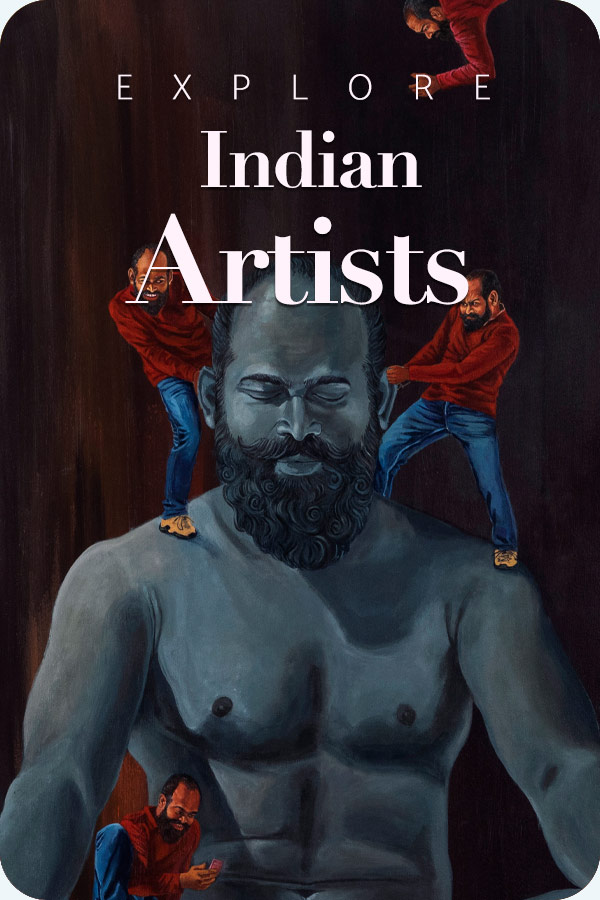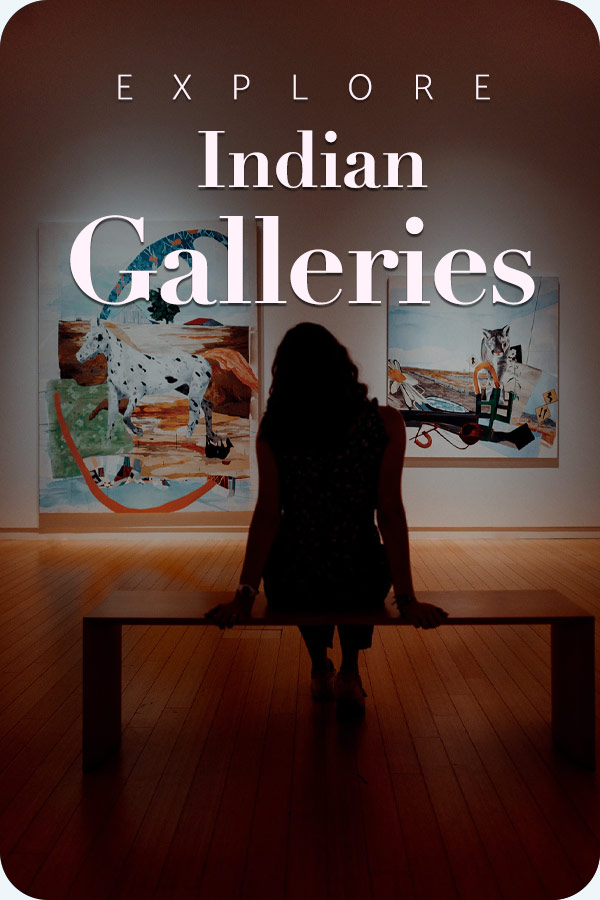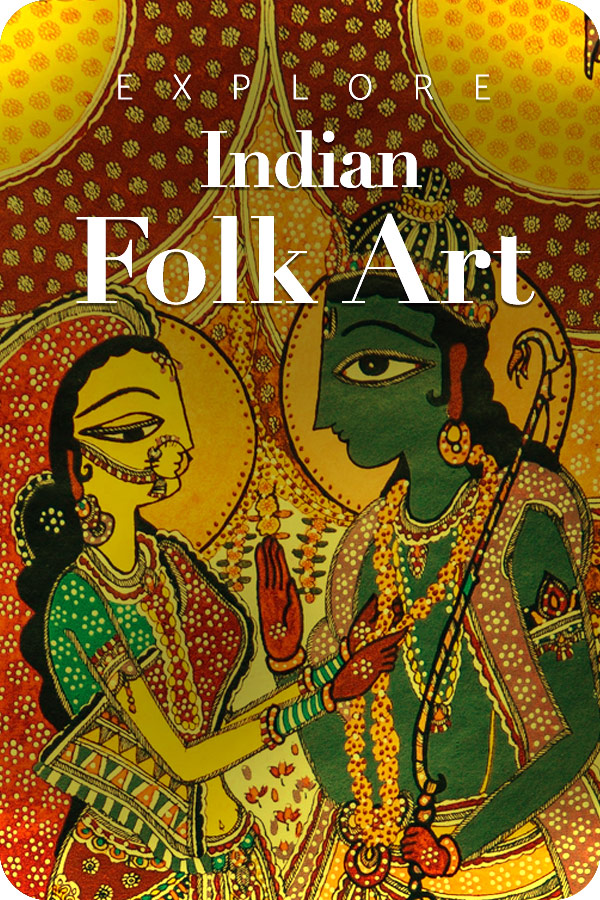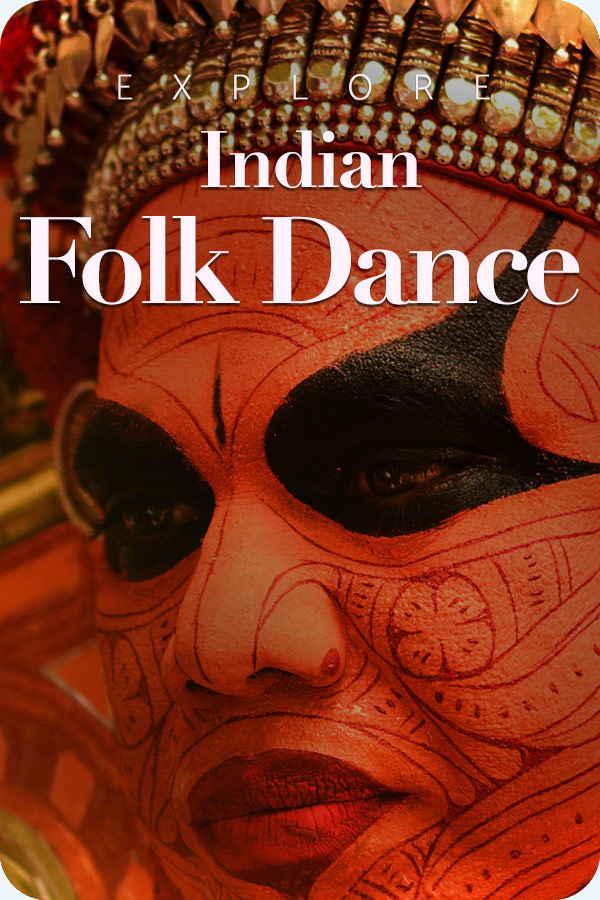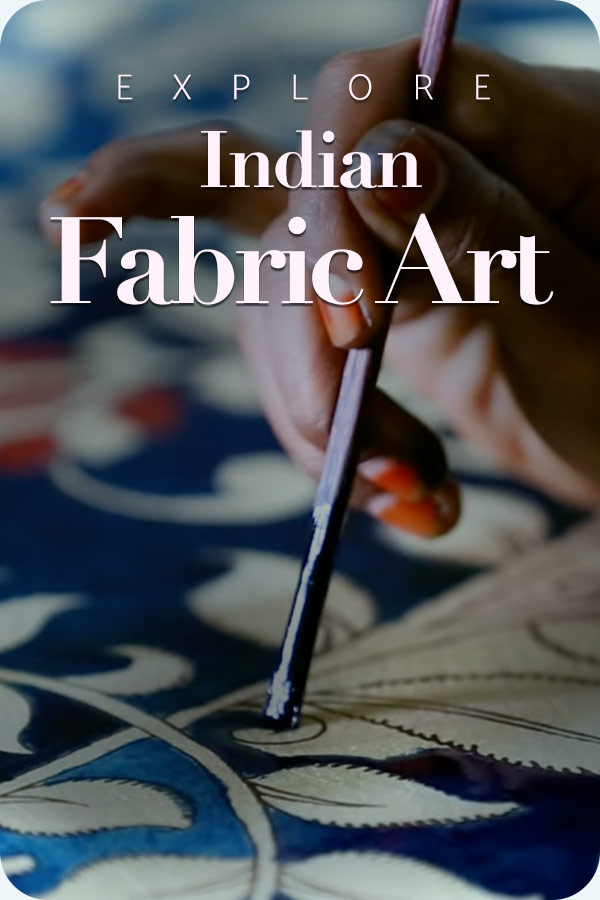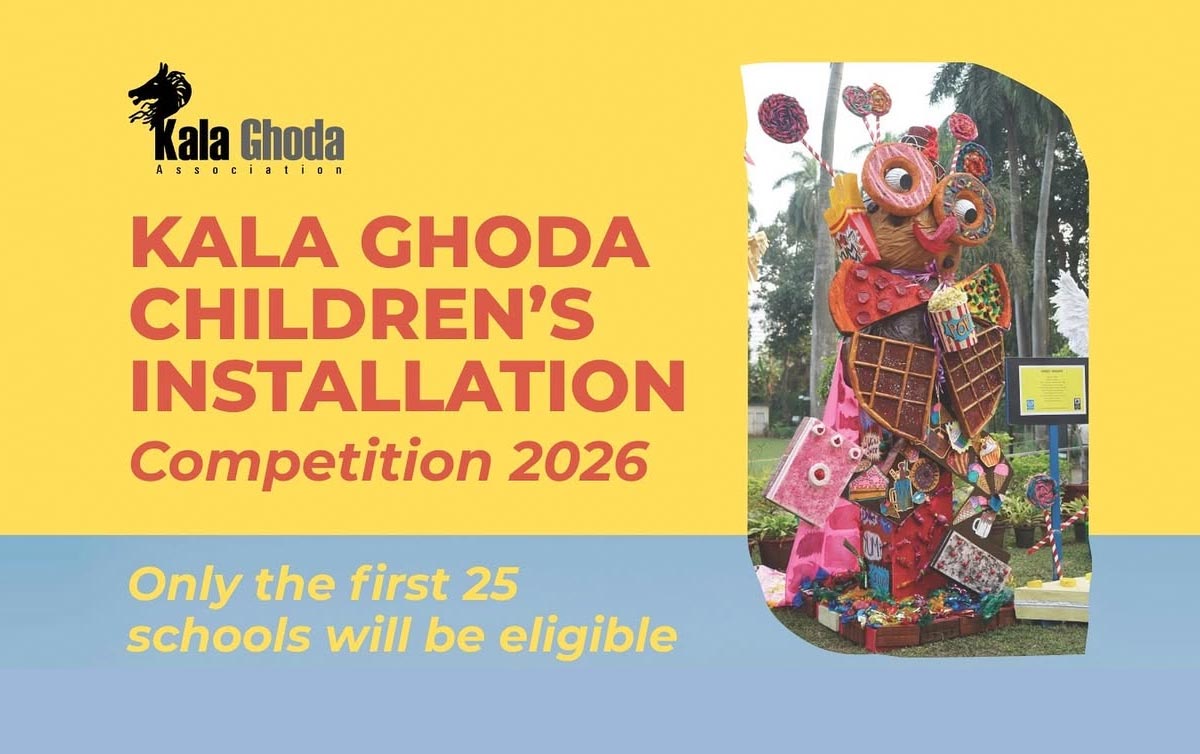
Announcement & Call to Schools
The Kala Ghoda Arts Festival (KGAF) has formally opened registrations for The Kala Ghoda Children’s Installation Competition 2026, issuing a compelling appeal across social media platforms. Their recent upload encourages schools to participate by celebrating creativity and imagination, inviting the first 25 institutions to help shape the festival through their students’ artistic expressions and transform innovative ideas into iconic installations. The message is a direct call to Mumbai’s education and arts community to sign up early and stake a place in the festival’s children’s purlieus.
Festival Dates & Where It Fits in KGAF
The children’s installations will be part of KGAF’s nine-day event, scheduled from 31 January to 8 February 2026. During this period, the Kala Ghoda vicinity transitions into an open-air cultural campus of visual art, theatre, music, and family programming. The installations are displayed alongside workshops, storytelling slots, and guided tours designed to engage visiting families and school groups in this vibrant environment.
How to Apply & What are the requirements?
KGAF’s call asks schools to submit a concise proposal with a concept note, age groups involved, materials list, timelines, and supervision plans. It is important to note that participation will be confirmed via a first-come, first-served policy, i.e., only the first 25 schools to register will be accepted for the installation programme in 2026. While KGAF provides curatorial supervision, site permissions, and on-ground coordination, the conceptualisation and arrangement responsibilities rest primarily with the schools, which are often supported by parents, alumni, and local artisans.
Public Reach & Past Precedents
Student installations at Kala Ghoda have historically been among the festival’s most photographed and shared elements. Past entries have ranged from tangible, playground-like sculptures that are highly conceptually driven pieces addressing topics like ecology, urban life, and civic matters. These projects exhibit a dual role; they provide a platform for the budding young children to showcase their creativity and shape their imaginative quotient, and they also teach students the responsibilities that are bestowed through public art by promoting safety, accessibility, and communication.
| Quick Details for Schools | Key Information |
|---|---|
| Registration Policy | Only the first 25 schools will be accepted for 2026 participation. |
| Festival Dates | 31 January – 8 February 2026 (9-day Kala Ghoda Arts Festival). |
| Proposal Requirements | Concept note, age group, materials list, timeline, supervision plan, and transport logistics. |
| Support Provided | Curatorial guidance, site permissions, and on-ground coordination from KGAF. |
| Recommended Materials | Sustainable, reusable, and child-safe materials for public interaction. |
| Installation Locations | Across the Kala Ghoda precinct — museum lawns and public greens. |
| Collaborations | Encouraged with parents, alumni, and local artisans for fabrication and support. |
| Registration Form 2026 (For Schools only) | Link to the Form |
Key Highlights
- KGAF 2026 has opened registrations for the Children’s Installation Competition; only the first 25 schools will be shortlisted.
- Installations will be on view across the Kala Ghoda precinct during the nine-day festival (31 Jan–8 Feb 2026).
- The programme functions as a cross-disciplinary learning laboratory — design, fabrication, and public-safety practices are integral.
- KGAF offers curatorial and logistical assistance; schools lead concept development and build.
- Past children’s installations have generated strong public engagement and media visibility for participating schools.
What Schools & Educators Stand to Gain
For schools, the competition is a great public platform to boost and showcase their students’ work. It democratizes the confined teaching-learning process in classrooms and makes students enter the city’s everyday visual landscape. The process fosters collaboration across departments, invites community partnerships, and provides a visible reward for sustained effort. For students, seeing their concept realised at scale reinforces that art can be a civic practice, not only a classroom exercise.
Takeaway
The Kala Ghoda Children’s Installation Competition remains one of Mumbai’s most fruitful assimilation of inculcation and public art. It teaches pragmatic skills to children while staging young voices in the urban core. That said, the “first-25” rule, though understandable for logistical reasons, potentially risks leaving many deserving schools out of its creative framework. KGAF might consider piloting satellite shows, rotating slots, or might as well arrange a parallel digital exhibition to make its base broader and inclusive. Expanding participation would not dilute the festival’s standards; it would deepen its civic promise.


